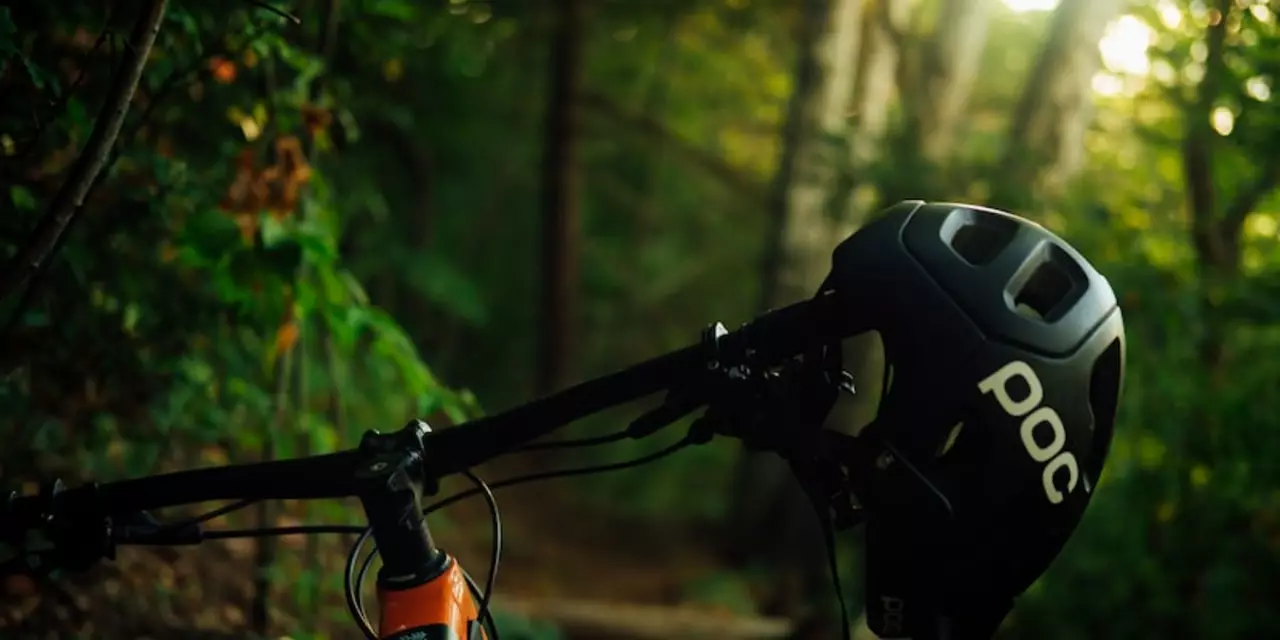SEARCH
Danger on Two Wheels: Real‑World Safety Tips for Cyclists
Every cyclist faces risks, but most of them are easy to avoid. The key is to spot danger before it hits you. Below are simple steps you can start using right now, no matter if you ride a mountain bike, road bike, or just cruise around town.
Gear Up the Right Way
A helmet is the first line of defense. Choose one that fits snugly and passes safety standards – no fancy designs, just a solid fit. Next, wear bright, reflective clothing. Daylight or night, high‑visibility gear cuts the chance of a car not seeing you. Finally, check your bike before each ride: brakes, tires, and chain should be tight and clean. A quick visual check saves you from sudden flats or wobbling brakes that can lead to crashes.
Know the Road and Ride Smart
Understanding traffic flow is crucial. Stay in the bike lane whenever it exists; if you have to share the road, position yourself where drivers expect you – usually the right side, not the middle. Use hand signals early so motorists know when you’re turning or stopping. Avoid blind spots: never ride alongside a large vehicle for more than a few seconds, and stay out of doors that open unexpectedly.
Weather adds another layer of danger. Wet pavement, strong winds, and low light reduce traction and visibility. Slow down, increase following distance, and consider swapping slick tires for wider, treaded ones in rain. If you’re caught in a storm, pull over safely and wait it out – it’s better to lose a few minutes than risk a slide.
Being aware of your surroundings keeps you one step ahead. Look out for potholes, loose gravel, and sudden obstacles like parked cars opening doors. When you notice a potential hazard, adjust your line early instead of making sudden swerves that can cause loss of control.
Lastly, never underestimate the power of a good mindset. Riding distracted – checking your phone, listening at max volume, or daydreaming – makes every hazard more dangerous. Keep your focus on the road, stay relaxed, and trust your instincts. If something feels off, slow down or stop. Simple, practical habits turn a risky ride into a safe, enjoyable one.
Following these tips reduces danger and lets you enjoy the freedom of cycling without worry. Stay sharp, gear up, and ride confidently – the road is yours to own safely.

Is mountain biking dangerous?
Mountain biking is an adrenaline-filled sport that can also be dangerous. It involves riding a bike off-road, often over rough terrain, and can involve air-time, jumps, and other stunts. Mountain biking carries an inherent risk of injury due to the terrain, speed and technicality of the activity. To minimise risk, mountain bikers should always wear the appropriate protective gear, know their limits, and ride with caution. Additionally, they should ride with experienced friends, know their local trails, and be aware of their environment. Ultimately, mountain biking can be dangerous, but it can also be enjoyed safely and responsibly.
Continue reading